
In recent years, Japan's tourist destinations have been more vibrant than ever. People from around the world visit in search of beautiful nature, rich culture, and unique culinary experiences. At the same time, however, the term "overtourism" has become increasingly common.
This article explains the current situation of overtourism in Japan and its effects, explores specific examples and countermeasures, and delves into how tourism development can be balanced with environmental conservation.
Current Situation of Overtourism in Japan
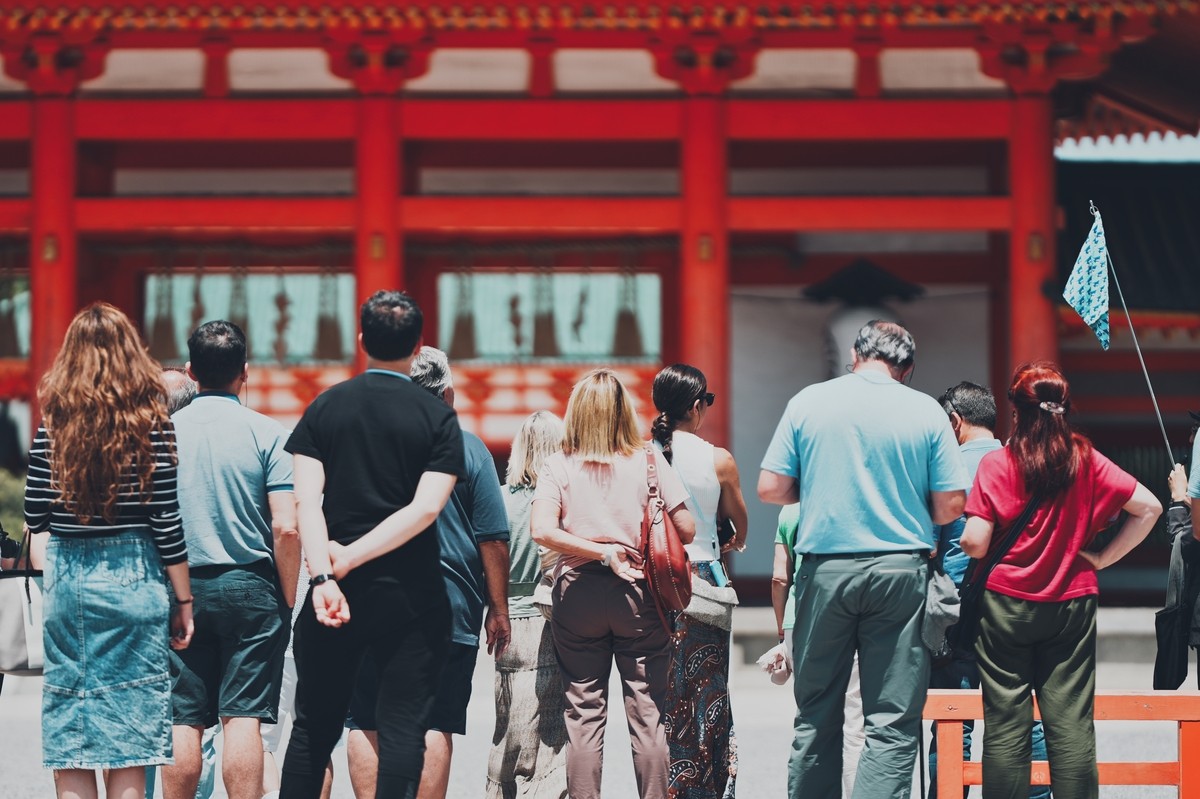
Will the number of foreign visitors to Japan hit a record high in 2025?
Since the relaxation of border control measures related to COVID-19, the number of foreign tourists visiting Japan has been recovering rapidly. According to data released by the Ministry of Land, Infrastructure, Transport and Tourism (*), the number of foreign visitors to Japan in January 2025 was approximately 3.78 million, a 41% increase compared to 2024, and the highest monthly figure ever recorded.
*Source: "About the current state of tourism"
Furthermore, JTB, Japan’s largest travel agency, noted that although growth has slowed compared to the previous year, the number of inbound tourists in 2025 is expected to surpass the record-high levels of 2024.
More Japanese people are avoiding domestic tourist spots
While the number of foreign tourists has soared, some Japanese travelers have started avoiding popular destinations. This may be due to overcrowding caused by the surge of foreign visitors, rising accommodation prices, and a decline in satisfaction due to issues like poor manners. Places that were once easy to visit have become hard to book, and peaceful environments have been lost, leading to concerns that domestic travelers are staying away and disrupting the overall balance of tourist areas.
What are the consequences of overtourism?
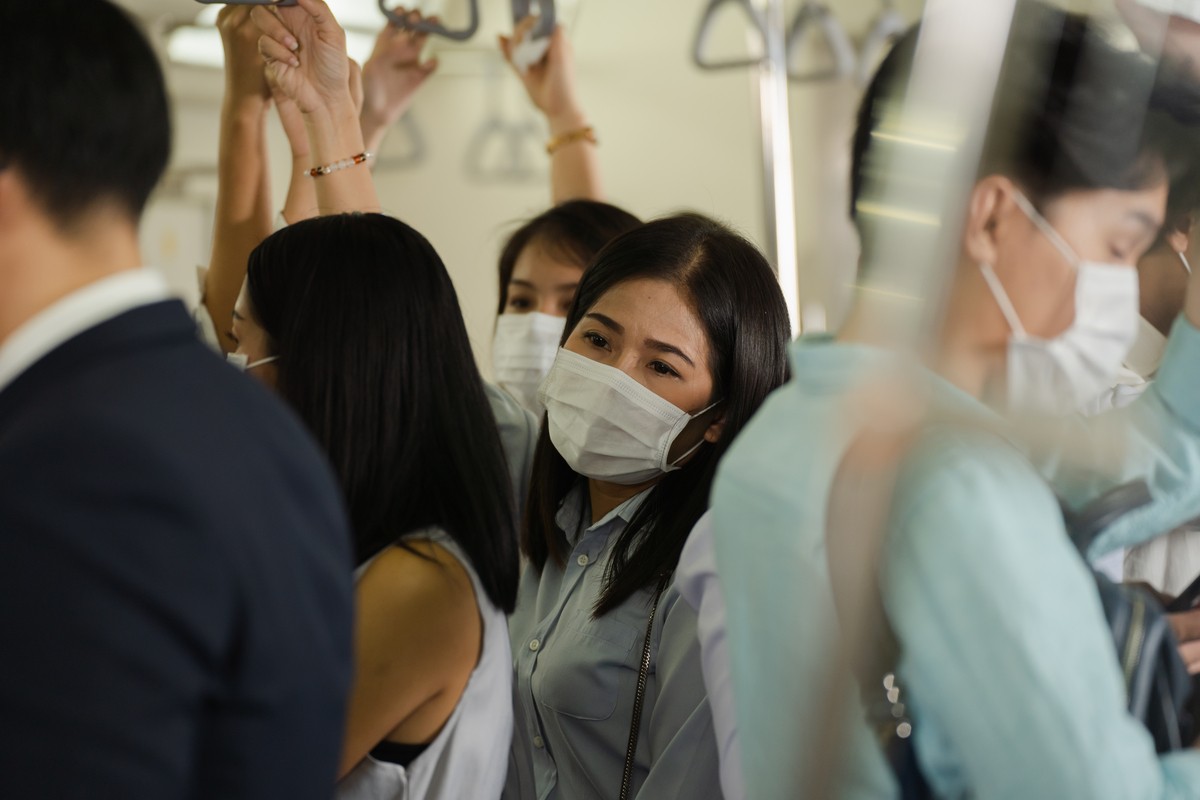
Overtourism negatively affects the daily lives of local residents and contributes to the degradation of cultural and natural tourist resources.
Impact on residents' daily lives
Chronic traffic congestion
Public transportation systems (such as trains and buses) used to access tourist destinations are constantly overcrowded with commuters and tourists alike, disrupting the daily routines of local residents. Additionally, an increase in rental cars and tour buses has caused traffic jams.
Noise issues
Tourists talking late at night, the sound of suitcase wheels, and noise around accommodations disturb the peace in residential areas. Noise from early-morning sightseeing activities is also becoming a concern.
Frequent violations of manners
Littering, smoking in non-designated areas, entering private property without permission, and taking photos in prohibited zones not only damage the scenery but also cause discomfort and unease for residents. These problems are especially common in areas adjacent to tourist destinations, where friction tends to increase.
Impact on tourist resources
Damage to cultural properties and archaeological sites
The large number of tourists increases the physical burden on historical buildings and ruins, and there is no end to the direct vandalism caused by the mindless actions of some people.
Destruction of the natural environment
In popular natural scenic spots, there are problems such as trampling of vegetation, water pollution and adverse effects on wildlife due to illegal dumping of garbage, and intrusion into restricted areas for photography.
Impact on regional disparities
Concentration in Certain Popular Cities and Worsening Issues
Tourists are excessively concentrated in cities along the Golden Route such as Tokyo, Kyoto, and Osaka, as well as certain specific sightseeing spots. This has led to increasingly serious impacts on the lives and environments of local residents, with tourism-related infrastructure nearing its capacity limits.
Challenges in Attracting Tourists to Rural Areas
Meanwhile, many rural areas that possess attractive tourism resources struggle to attract sufficient visitors due to issues such as limited promotional reach and poor accessibility. As tourism revenue becomes concentrated in specific regions, there is growing concern that the economic gap between areas may widen further.
Overtourism in Japan: Real-Life Cases
Overtourism has already become a tangible problem across various parts of Japan, with each region scrambling to respond. Below are some specific examples and countermeasures.
【Biei Town, Hokkaido】 Unauthorized Entry and Illegal Parking

Problem
Biei is famous for its beautiful, patchwork-like scenery formed by colorful fields. However, unauthorized entry into farmland by tourists seeking photogenic shots has become a serious issue. These farmlands are private property, and entering them raises the risk of crop damage, pest infestations, and the spread of diseases. Additionally, around tourist attractions such as "Shirogane Blue Pond" and the "Seven Stars Tree," frequent roadside parking causes traffic congestion and raises safety concerns.
Countermeasures
Multilingual signs prohibiting entry into farmland have been installed, and the local tourism association has begun patrolling to raise awareness and improve visitor manners. To address the parking issue, regulations have been enforced and security personnel have been assigned to guide traffic.
【Kamakura City, Kanagawa Prefecture】Congestion Around Stations and Littering
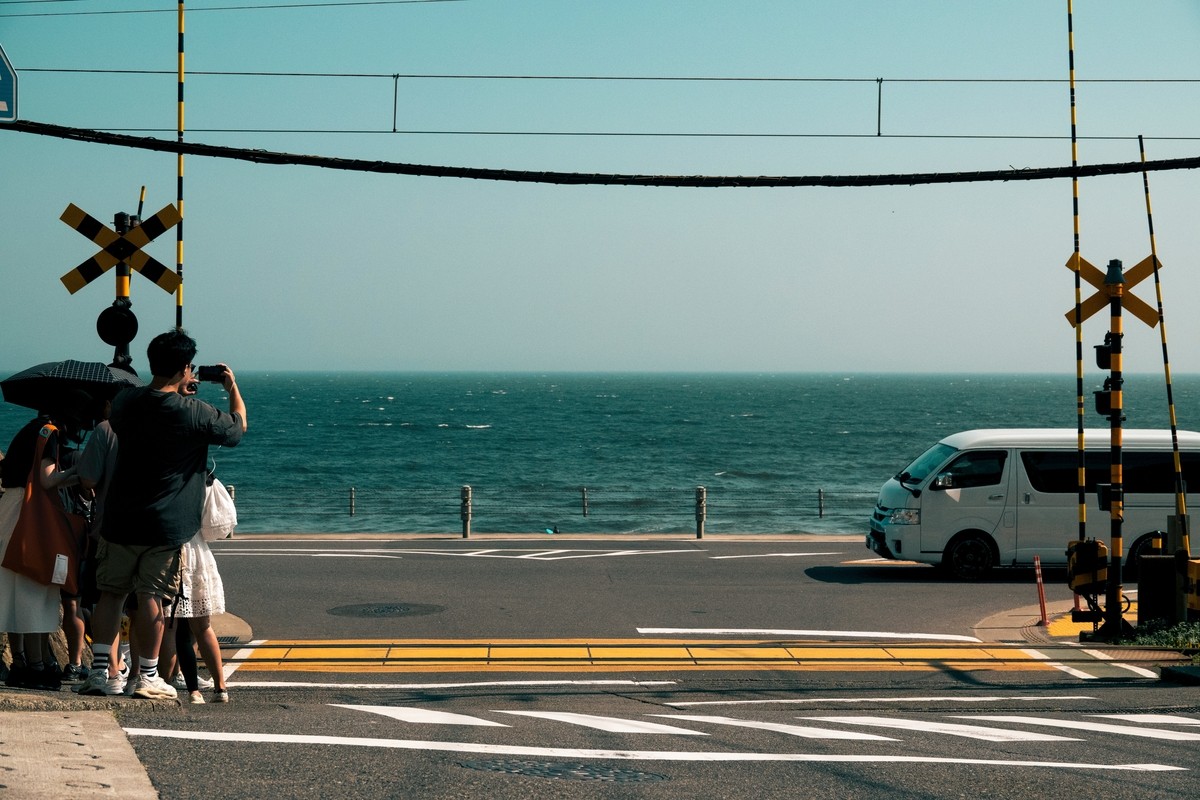
The Problem
Kamakura, known for its many historic temples and shrines and its easy access from Tokyo, draws a large number of domestic and international tourists. On weekends and during long holidays in particular, the areas around stations and the roads leading to major tourist spots become extremely congested. Littering by visitors eating while walking is also a major issue.
Countermeasures
The city has launched the "Kamakura Sightseeing Congestion Map," which provides information on the status of various tourist spots and crowd levels, encouraging tourists to avoid crowded areas. To tackle the litter problem, the city has started distributing "Omotenashi Bags" for collecting trash from street food and has begun calling on tourists to take their garbage home with them.
【Kyoto City, Kyoto Prefecture】Congested Public Transport and Worsening Violations of Etiquette
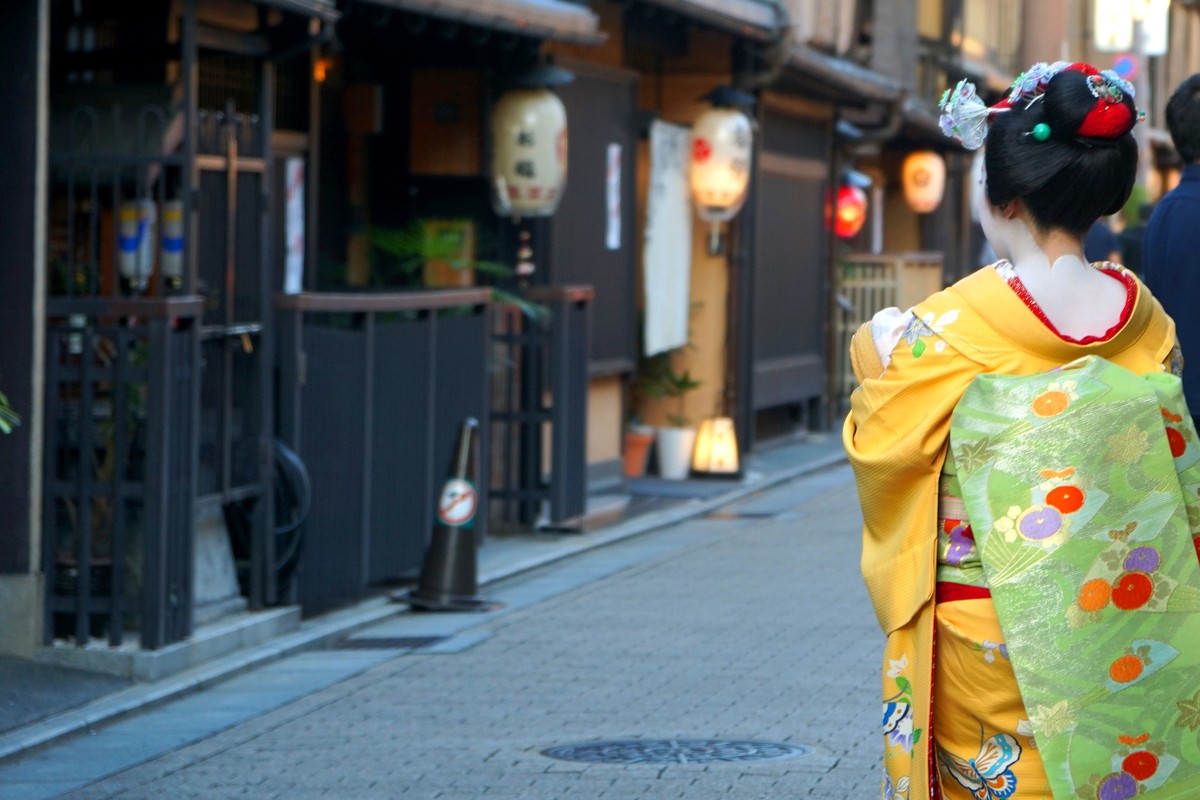
The Problem
In traditional geisha districts like Gion, persistent problems include tourists—often referred to as "Maiko Paparazzi"—chasing and photographing Maiko (apprentice geisha) without permission. There are also frequent instances of unauthorized entry into private roads and properties.
Additionally, the city buses, which are essential for local residents, are constantly overcrowded with tourists carrying large luggage. This has led to cases where residents are unable to board—referred to as "bus overspill."
Countermeasures
Multilingual signs and notices have been installed stating that unauthorized photography on private roads is prohibited, and more areas have introduced fines for violations. Efforts also include the distribution of educational videos to raise awareness of proper manners.
To reduce congestion on city buses, the "HANDS FREE BUS" service has been launched, circulating from Kyoto Station to accommodations around the city and promoting baggage-free sightseeing.
【Fujikawaguchiko Town, Yamanashi Prefecture】Persistent Illegal Parking and Pedestrian Hazards
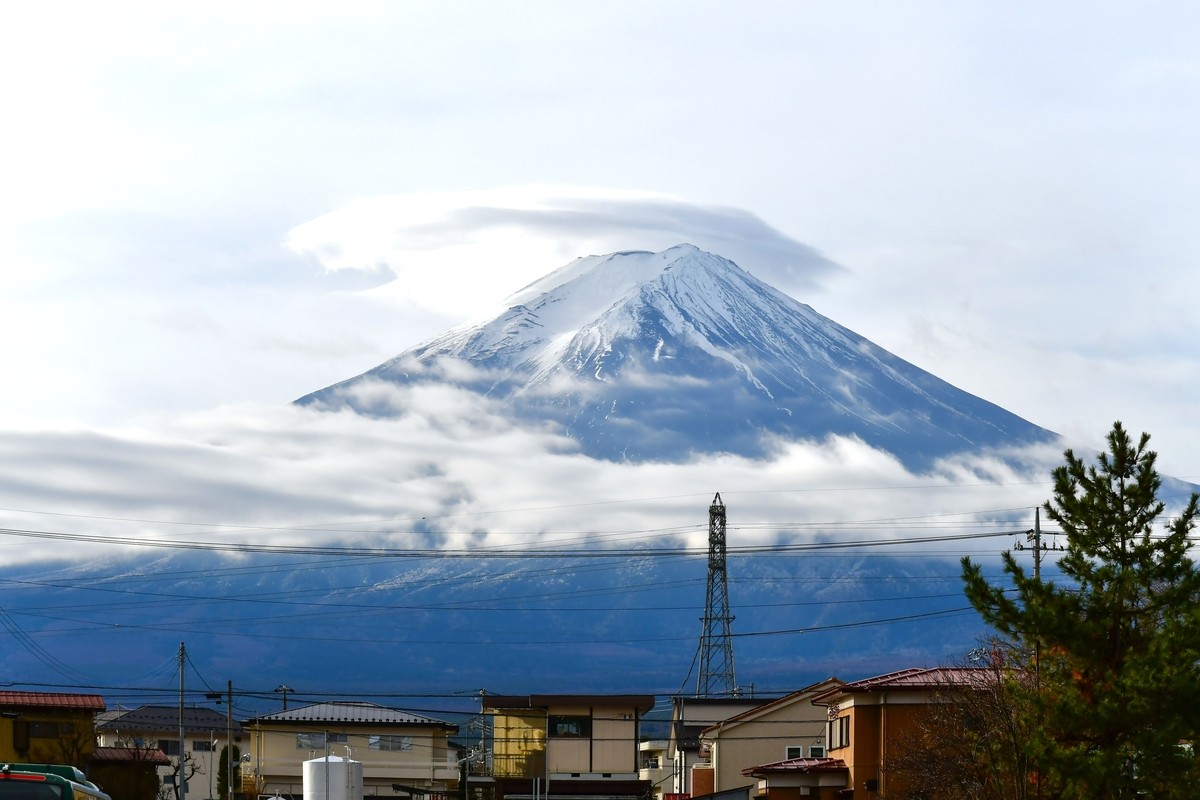
The Problem
A particular location where Mt. Fuji can be photographed over the roof of a convenience store has drawn crowds of foreign tourists. Many overflowed from sidewalks into the street to take photos, creating major traffic disruptions and raising the risk of accidents involving vehicles.
Countermeasures
To ensure safety, a black screen was installed to block the view of Mt. Fuji at the problem site, drawing considerable attention both in Japan and abroad. Currently, fences have been added, crosswalks repainted, and signage improved. While dangerous crossings are gradually decreasing, the town continues to explore additional measures in the surrounding area to balance tourism and residents’ quality of life.
What Can Be Done to Curb Overtourism?
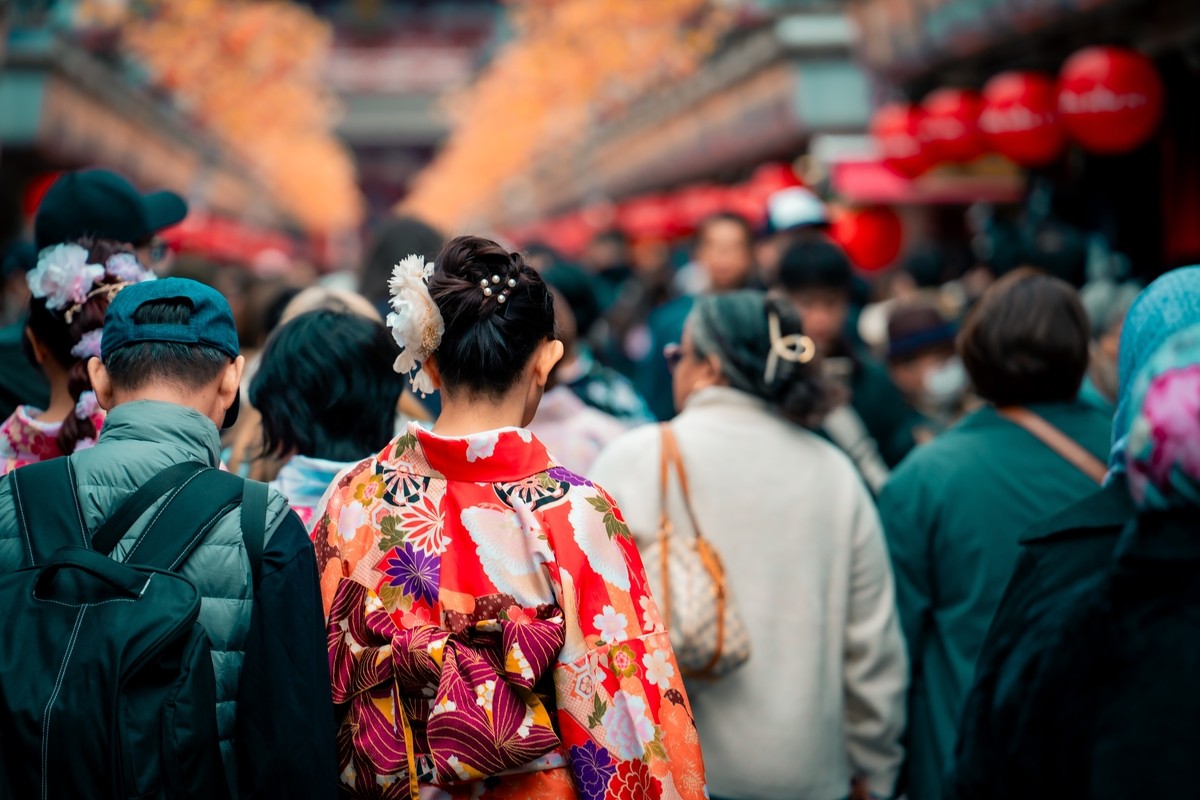
Overtourism is not a problem with quick or easy solutions. It requires ongoing, multifaceted efforts involving local governments, tourism operators, and residents working together.
Improving and Expanding Tourism Infrastructure
Promoting Infrastructure Development
Strengthening basic infrastructure is essential, including the installation of more temporary toilets and trash bins, expansion of free Wi-Fi spots, and support for cashless payment systems.
Encouraging Hands-Free Sightseeing
Services such as temporary luggage storage and delivery to accommodations help alleviate congestion on public transport and improve comfort while moving around. As seen in the Kyoto example, operating buses specifically for tourists with large luggage is also an effective strategy.
Optimizing Transportation Systems
Necessary measures include increasing public transport services, enhancing multilingual guidance, introducing car-sharing services, regulating traffic around tourist areas, and building systems that provide real-time congestion updates.
Preventing Misconduct and Disrespectful Behavior
Strengthening Multilingual Information Distribution
It’s crucial to clearly communicate Japanese customs, regional rules, and etiquette in multiple languages using websites, social media, brochures, videos, and other media.
Enhancing Awareness and Monitoring Systems
To address serious misconduct or nuisances, surveillance through security cameras and patrol staff should be strengthened, with penalties considered when necessary. However, the main focus should be on education, with care taken not to offend or alienate travelers.
Promoting Regional Tourism and Dispersing Visitor Flow
Developing New Travel Routes and Promoting Local Attractions
In 11 areas designated by the Japan Tourism Agency—such as Ise-Shima and Setouchi—efforts are underway to develop unique tourism content and promote these regions intensively. Successful strategies from these models are expected to be replicated elsewhere.
Enhancing Experience-Based and Long-Stay Content
Rather than simply visiting famous landmarks, offering cultural, culinary, and nature-based experiences unique to each region encourages deeper engagement. This can increase interest in regional areas and extend travelers’ stays.
Becoming a Better Traveler: What Each of Us Can Do
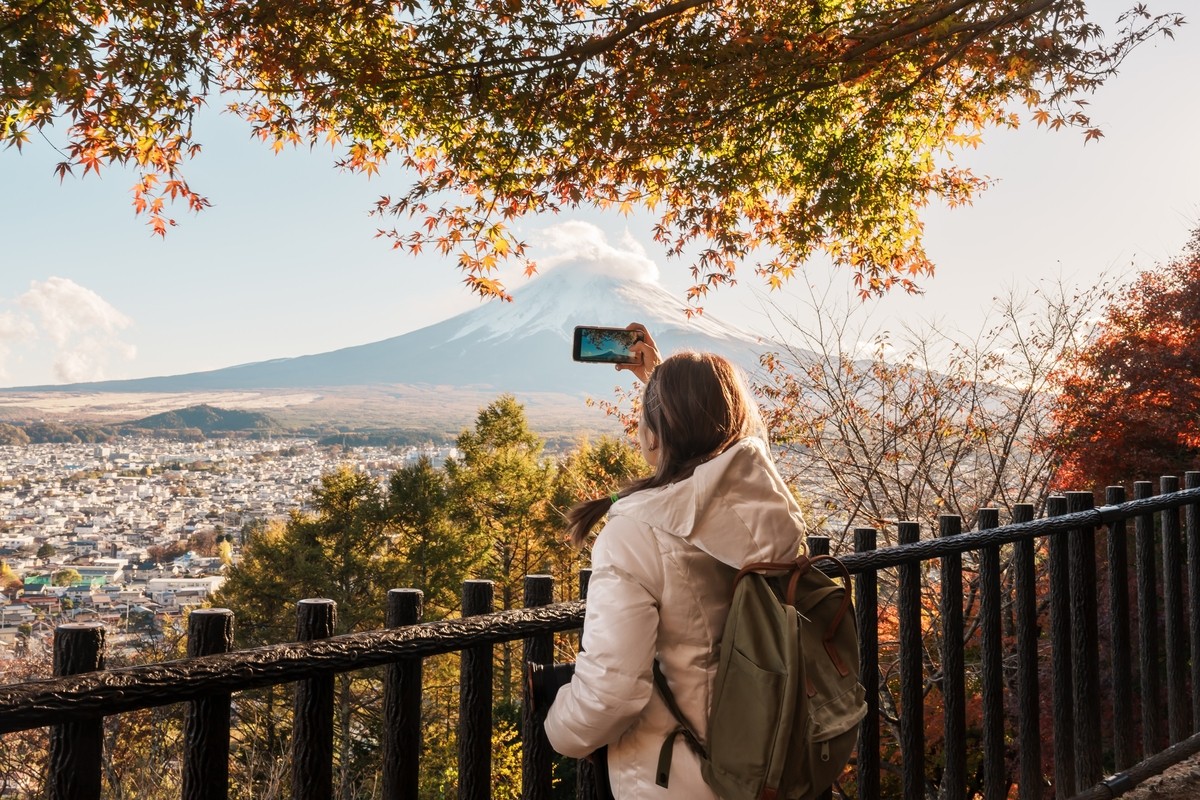
Overtourism cannot be solved by governments and businesses alone. The awareness and actions of each individual traveler also play a critical role in shaping the future of tourism destinations.
Consider Traveling During Off-Peak Seasons
Visiting during off-season or shoulder-season periods—when the weather is mild and crowds are smaller—can lead to a more pleasant experience. Even popular destinations can offer a calmer, more unique atmosphere just by changing the timing of your visit.
Respect the Lives of Local Residents
Tourist spots are living communities for others. Avoid trespassing on private property, making noise early in the morning or late at night, or littering. Respect local privacy, and small gestures like a friendly greeting can go a long way in fostering positive interactions.
Support Local Farmers' Markets and Small Businesses
Instead of relying solely on chain stores or duty-free shops, try shopping at farmers' markets and independently owned local shops and eateries. These choices directly support the local economy and often lead to more memorable travel experiences through interactions with residents.
These actions align with the growing concept of "sustainable tourism"—travel that protects the environment, respects local culture, and contributes to the local economy. For travelers themselves, this approach offers a richer and more meaningful journey.
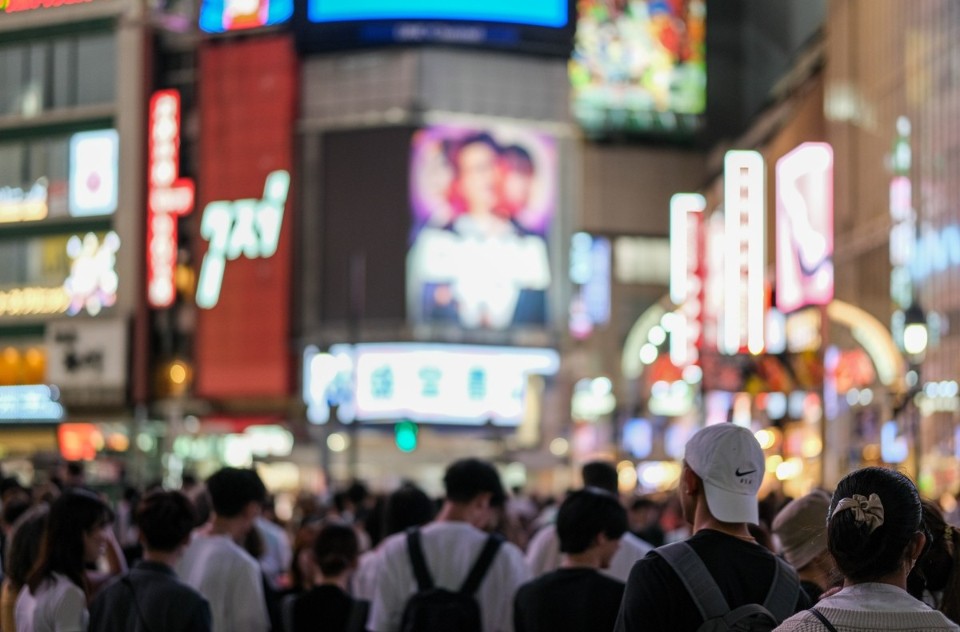

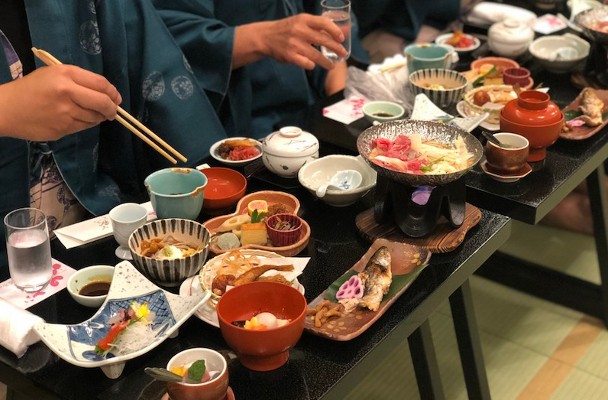
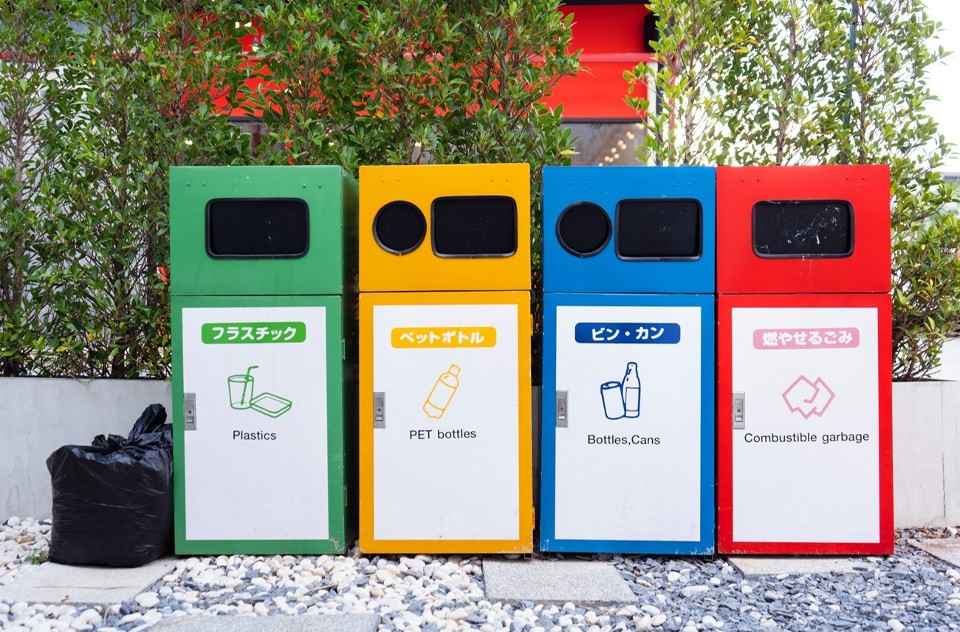
Comments